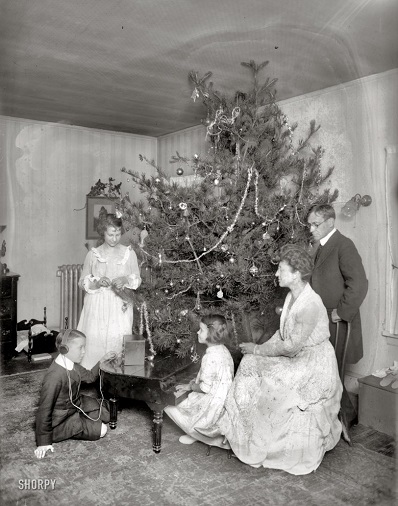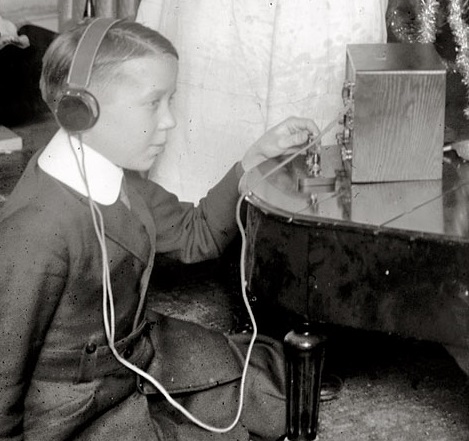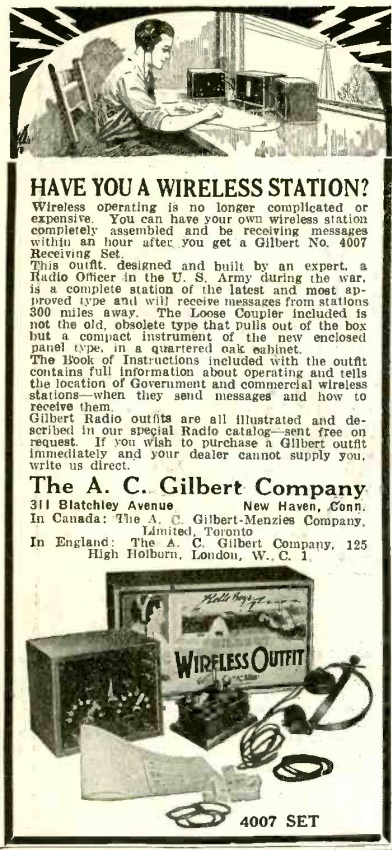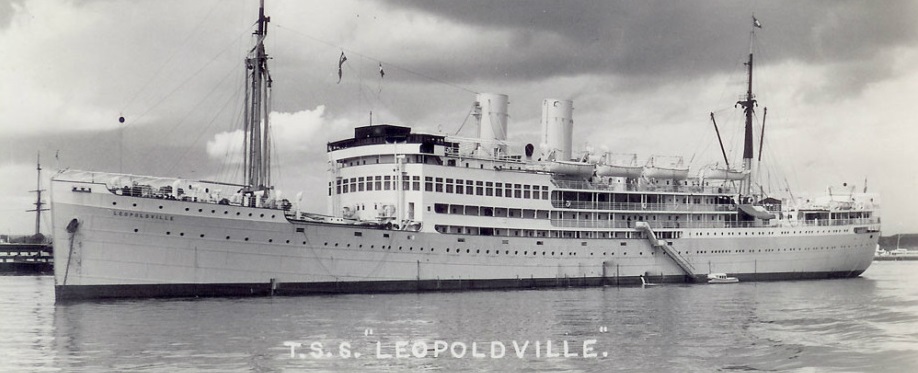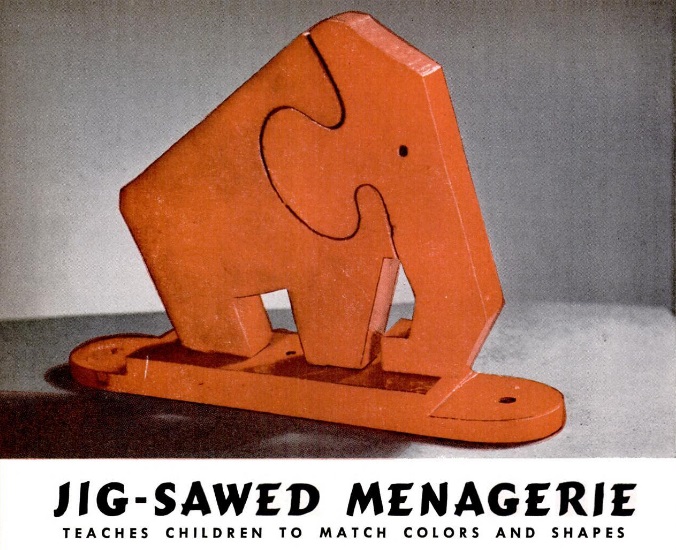 Chances are, the hot new toy that you planned on buying Junior for Christmas is stranded somewhere in a flotilla of container ships off the coast of Long Beach. Maybe they’ll break the logjam before Christmas, but as our Secretary of Transportation had to admit, we probably shouldn’t count on it.
Chances are, the hot new toy that you planned on buying Junior for Christmas is stranded somewhere in a flotilla of container ships off the coast of Long Beach. Maybe they’ll break the logjam before Christmas, but as our Secretary of Transportation had to admit, we probably shouldn’t count on it.
But despite the official concessions of gloom, there’s no reason why ineptitude needs to spoil Christmas. If you get to work now, you can make toys that are far superior to the unobtainium Chinese imports. And for the younger children on your Christmas list, you can’t go wrong with these colorful animals from the October 1941 issue of Popular Science.
All you need is a band saw or jig saw, and a single piece of 3/4 inch plywood 12 by 24 inches. The plywood might be more expensive than usual this year, but it’s probably sourced in North America, and you shouldn’t have much trouble tracking it down. If you don’t already have the saw, keep in mind that they’re also waiting off the coast of California, so you’ll want to get that right away before everyone else gets the same idea.
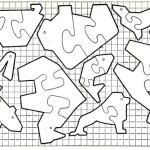 Complete plans are found on page 178 of the magazine, which you can read at this link. Instructions are also given for the bases and storage box, as shown below. The pattern for cutting the animals is shown at left (click on the small image for the complete full-size version). You simply trace the design onto a piece of 1/2 inch graph paper and use that to cut. When you’re done, the animals should be painted in bright colors, and the magazine reminds readers to “be sure to use nonpoisonous, washable, enamel” paint.
Complete plans are found on page 178 of the magazine, which you can read at this link. Instructions are also given for the bases and storage box, as shown below. The pattern for cutting the animals is shown at left (click on the small image for the complete full-size version). You simply trace the design onto a piece of 1/2 inch graph paper and use that to cut. When you’re done, the animals should be painted in bright colors, and the magazine reminds readers to “be sure to use nonpoisonous, washable, enamel” paint.
When finished, the set will keep youngsters happily occupied for many hours. As the magazine points out, the toy teaches how to discriminate between colors, recognize the various animals, develop creative instinct, and rewards the child with a sense of accomplishment, all factors recognized as essential to proper development. Chances are, the Chinese toy doesn’t have all of these advantages.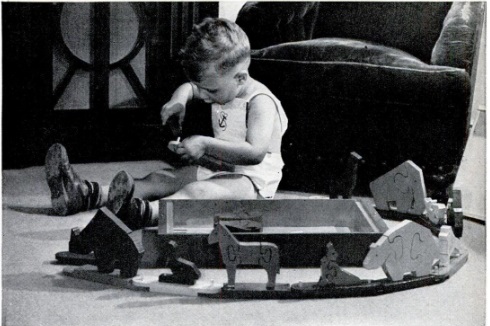
Some links on this site are affiliate links, meaning this site earns a small commission if you make a purchase after clicking on the link.
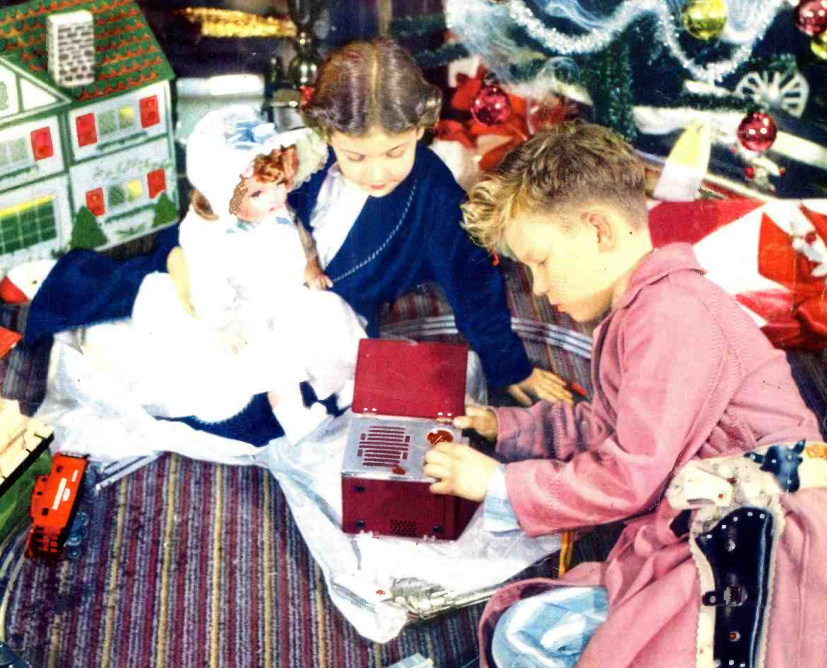 Seventy-five years ago, these youngsters, shown on the cover of the January 1947 issue of Radio News, had been especially good, since Santa had brought them, among other gifts, this Motorola Playmate Junior portable radio (Model 51M1U).
Seventy-five years ago, these youngsters, shown on the cover of the January 1947 issue of Radio News, had been especially good, since Santa had brought them, among other gifts, this Motorola Playmate Junior portable radio (Model 51M1U).
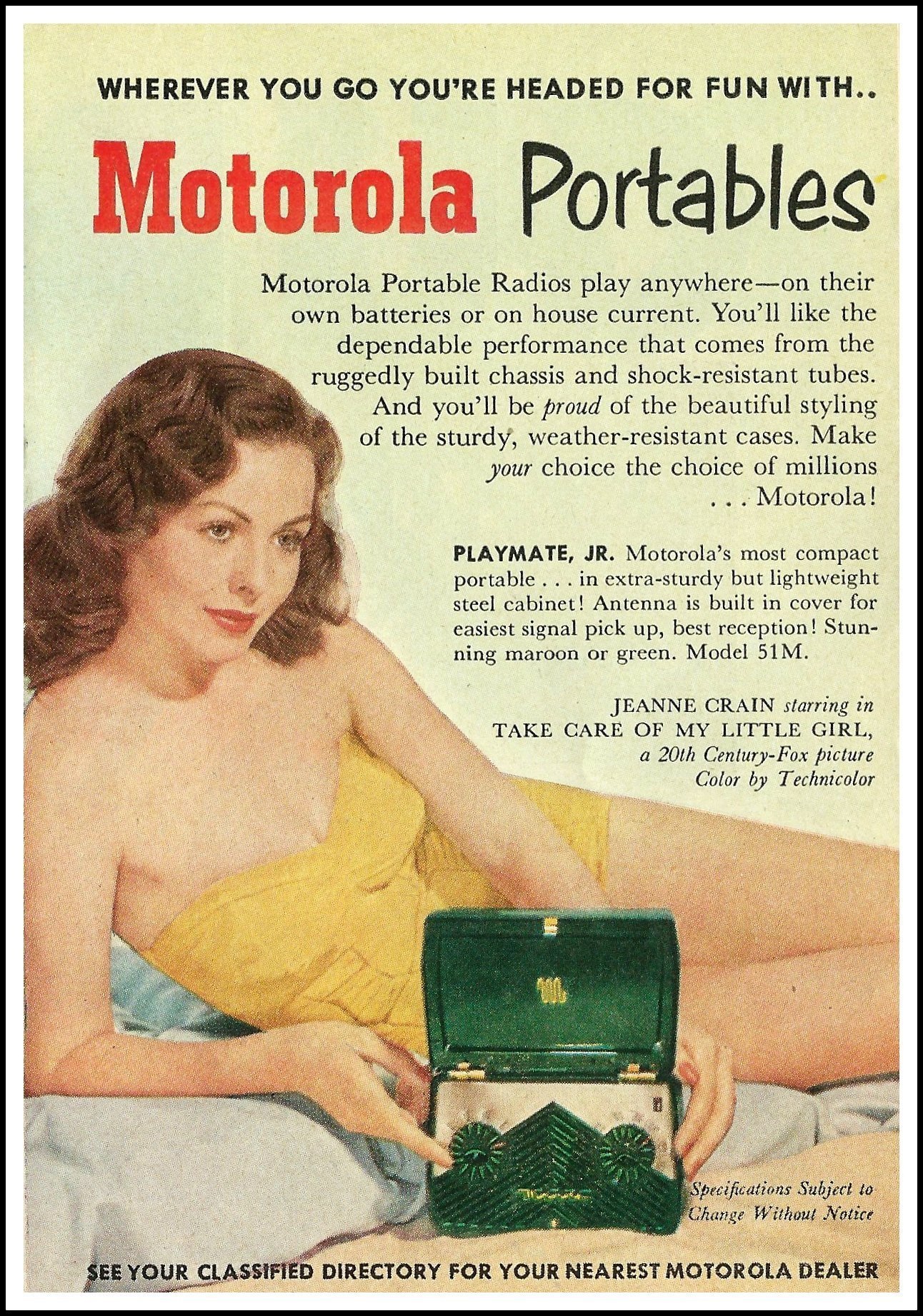
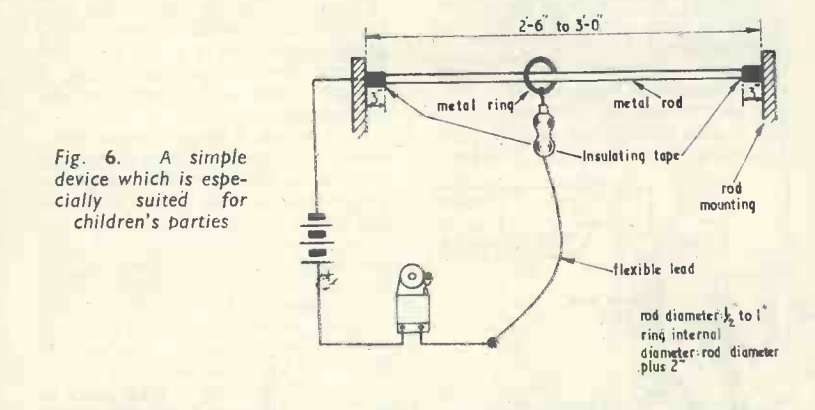
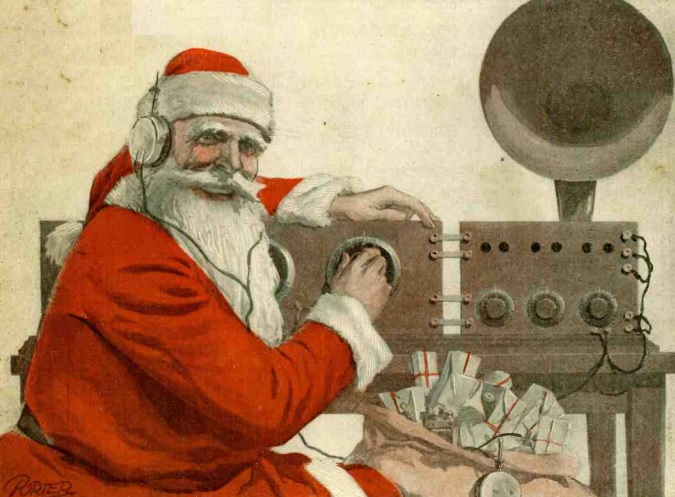




 This
This 
